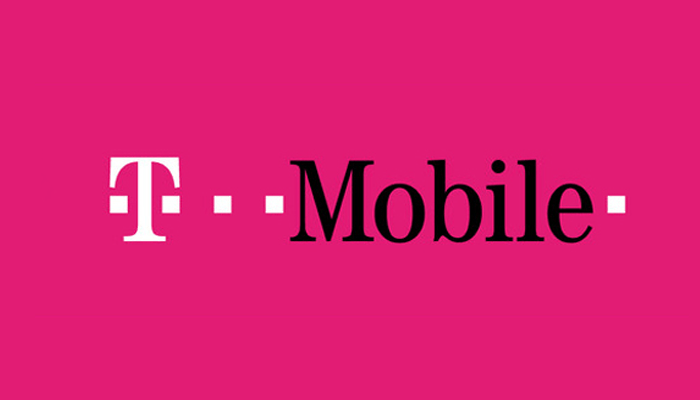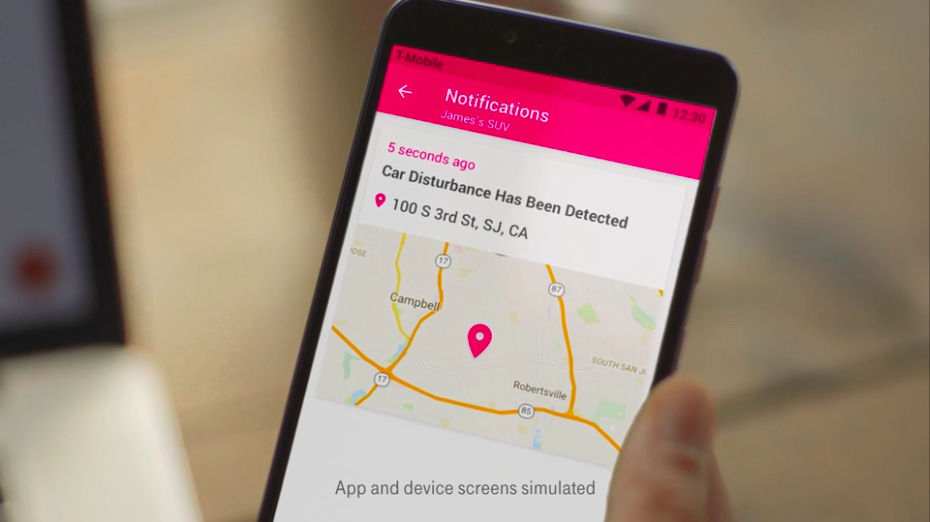T-Mobile has become the latest company seeking to take over your car.
Unlike efforts from the big technology players, however, the wireless carrier has an after-market device that consumers can, in theory, easily install in their cars. Called SyncUP DRIVE, the device plugs into your car’s onboard diagnostics port (OBD-II), which T-Mobile said has been standard on most cars built since 1996. SyncUP Drive is always on, doesn’t require charging, and users can manage it from their smartphone.
The new T-Mobile device requires a data plan, like any phone, and it turns your vehicle into a mobile hot spot. It also gives consumers extensive added vehicle diagnostic, safety, and security features, according to a press release.
“With T-Mobile SyncUP DRIVE, you have a new way to ride on America’s fastest nationwide 4G LTE network,” said CEO John Legere. “We’re making it radically simple for customers to connect their cars with a complete, all-in-one package — and the best part is that we’re making it totally free at launch.”
When the device launches on November 18, consumers can get the $149.99 SyncUp for free if they sign a two-year agreement with a 2GB or higher data plan. T-Mobile did not give a price for this plan, but it charges anywhere between $20 and $95 a month for its one-line plan and for 2GB–22GB on its Simple Choice plan.
What is T-Mobile doing?
The company is seeking to make it easy for people to turn their vehicle into a connected car without requiring expensive installation fees. The company also says that its product is different than Verizon‘s (NYSE: VZ) Hum because that after-market product uses 2G technology and does not offer Wi-Fi.
Hum connects to the OBD-II port as well, but the Verizon product is designed to monitor the vehicle’s health, access emergency assistance, and offer various traffic alerts. It’s not meant to turn a car into a hot spot.
T-Mobile’s SyncUp Drive lets consumers connect to Wi-Fi devices. It also analyzes driving behavior to help owners drive more carefully by keeping track of dangerous driving behaviors like speeding, harsh braking, and rapid accelerations. That same technology can also be used to track miles for business expenses.
The new device also lets people track the location and status of multiple cars without contacting the drivers. Families (or business owners) can set speeding alerts and enable notifications to be alerted when a car enters or leaves a certain area. SyncUp can also track your car in a parking lot, making it easy to find, and alerts can be set up to let you know if your car has moved.
This is a bold move by T-Mobile
Cars are the next frontier for wireless carriers and technology companies. With SyncUp Drive, T-Mobile has delivered a seemingly easy-to-use device that offers more functionality than Verizon’s similar technology.
The car diagnostic and tracking features are useful, with some seeming especially appealing to families containing young drivers. The most important thing for the company may be the mobile hot spot access. Any family traveling with kids will see the appeal of being able to go online with tablets, laptops, or other devices at 4G speeds.
T-Mobile has not released pricing for data plans for the device, but assuming they are reasonable, this could be a major entry into a new market for the company. As long as data plans are reasonable (and in typical T-Mobile style, there are no overage charges), it’s easy to see families opting to install one of these in their vehicles.
This solves a need without requiring very much effort. Ultimately, this type of functionality may come factory-installed, but the sheer amount of used cars being sold and older cars on the road makes it so that day is still far away. T-Mobile likely has forced its way into the vehicle market by offering something where the uses are obvious and the cost, plus the barrier to getting started, is low.




